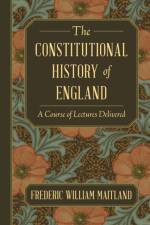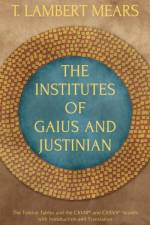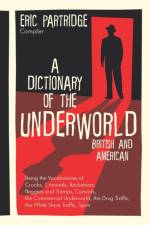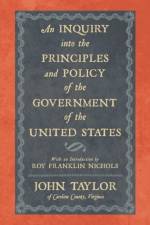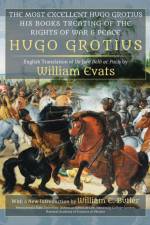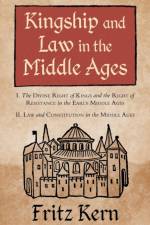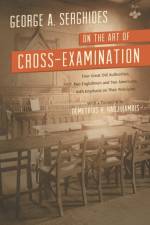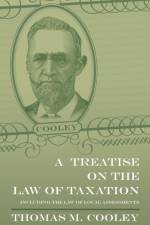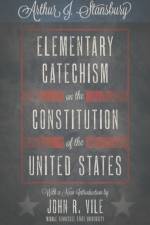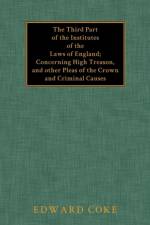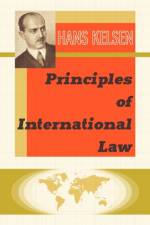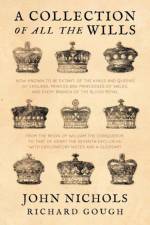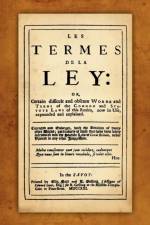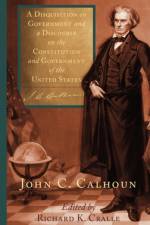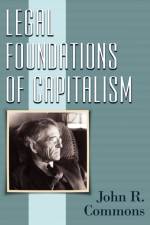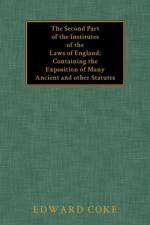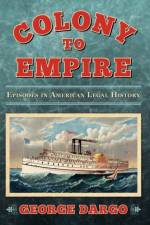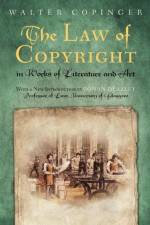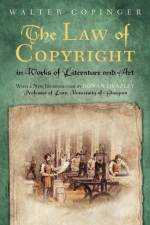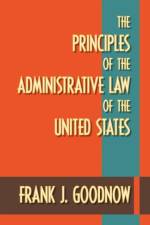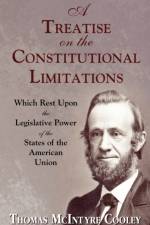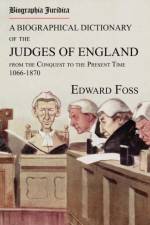- Or, Certain Difficult and Obscure Words and Terms of the Common and Statute Laws of This Realm, Now in Use, Expounded and Explained. Corrected and Enlarged, with the Addition of Many Other Words...
av John Rastell
791
Last and best edition of the first English law dictionary. Corrected and greatly enlarged, English and Law French in parallel columns. First published in 1527, this pioneering dictionary was originally written in Law French with the Latin title Expositiones Terminorum Legum Anglorumae. Quite popular with students and lawyers due to its clarity and concision, it went through at least twenty-nine editions, the last appearing in 1721(with reissues in 1742 and 1819). The 1721 edition was translated by his son, William Rastell, who is often listed as its author. "Rastell's Termes de la Ley is a book which, like St. Germain's Doctor and Student, reflects the common law at the close of the year-book period with much fidelity." --Thomas Atkins Street, The Foundation of Legal Liability III:79John Rastell [d.1536], an Oxford-educated printer and lawyer, was a Member of Parliament when the Protestant reformation was legalized. Around 1527, the time Les Termes de la Ley was first published, Rastell took part in the religious controversies of the time, defending the Roman doctrine of purgatory in his notable work, A New Boke of Purgatory. William Rastell [1508?-1565] was the eldest son of John Rastell. A printer, lawyer, judge and author, he published his great collection of statutes from the Magna Carta to the present in 1557. It was updated periodically, the final edition appearing in 1625. Rastell also compiled A Table Collected of the Yeres of our Lorde God and of the Yeres of the Kynges of Englande (1561). He edited many important works including Littleton's Tenures (1534) and Sir Anthony Fitzherbert's Natura Brevium.

